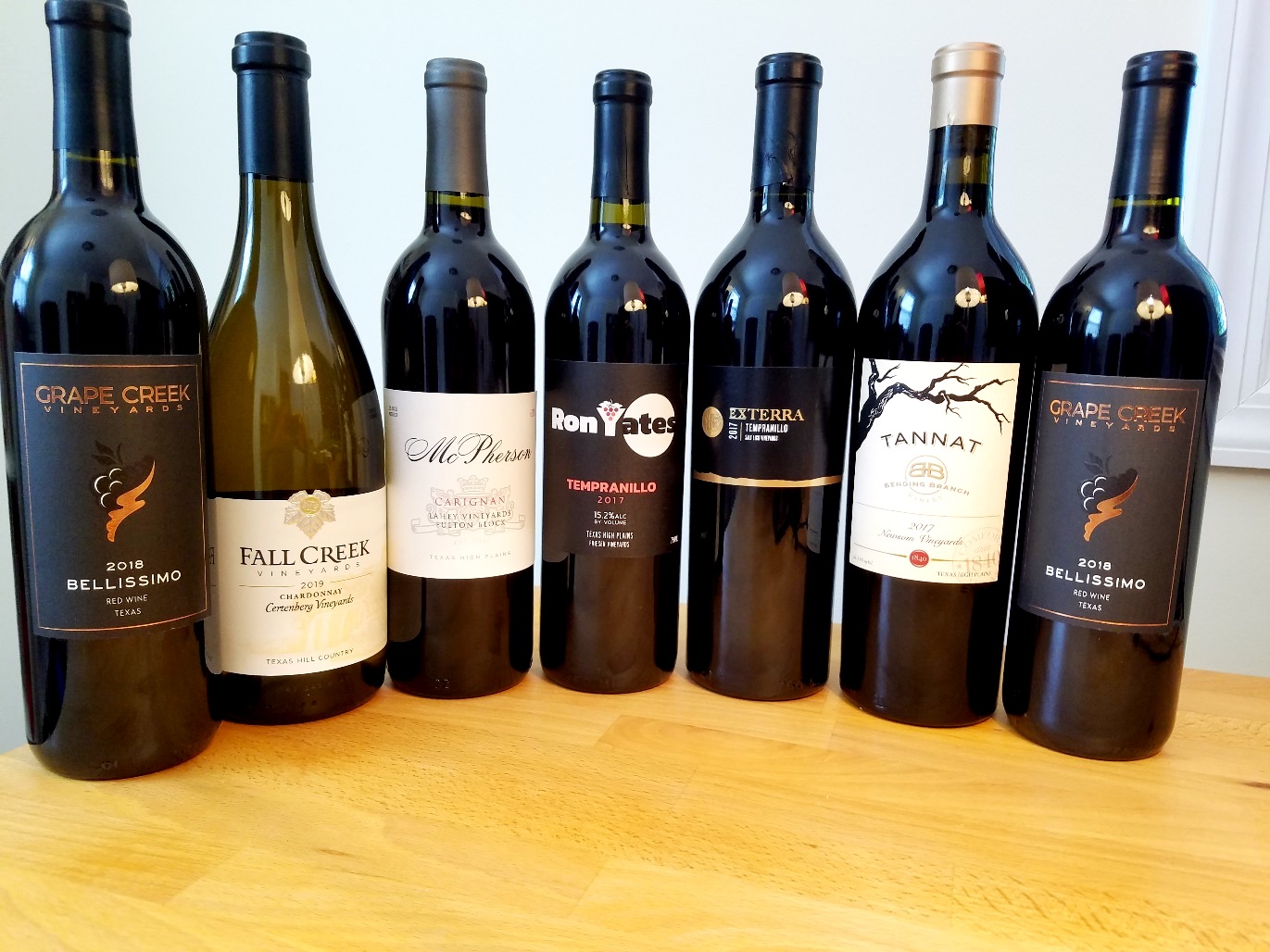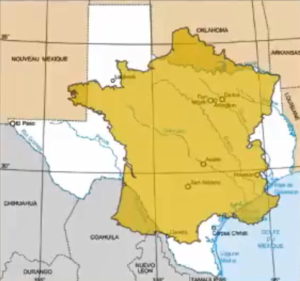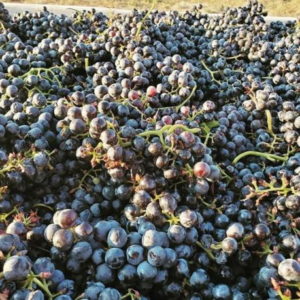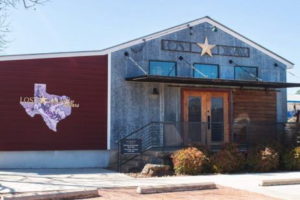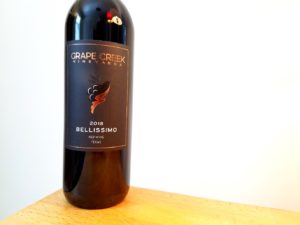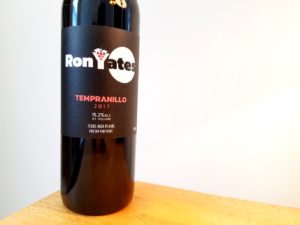I’m Impressed with Texas Wine, and Why You Might Be Too
You’d be forgiven if you didn’t know Texas makes wine.
Texas is the fifth-largest wine-producing state in the U.S which may come as a surprise.
Behind California and New York, the wine industry in Texas has the third-largest economic impact of any state generating $13.1 billion annually.
It’s an open secret within wine-industry circles that Texas produces outstanding wine.
I’ve sampled Texas wine a few times in the past and each time I get acquainted with wines from the state, the more I’m impressed with them.
You might be too, and I’ll explain why.
I was first introduced to Texas wine during a seminar at a Society of Wine Educators conference taught by Houston-based, Master Sommelier Guy Stout who shared an array of grape varietals being produced in the state.
During October (also Texas wine month), I got the opportunity to sample and learn more about Texas wine and connect with six wineries who are part of the state’s growing ecosystem of 500+ wineries.
I’ll help you wrap your head around Texas wine and highlight some wines that are excellent examples of what the state has to offer.
Texans Dig Texas Wine
In terms of scale and size, the state of Texas is bigger than the entire country of France.
Even though it’s the fifth-largest wine-producing state in the U.S. you rarely find Texas wine outside of the state because Texans consume almost all of it.
This is why you’re unlikely to find a bottle of Texas wine in your local wine shop and why it’s to your advantage to seek out Texas wine when you visit the state which draws over 1.7 million wine-tourism visits annually.
Wine Enthusiast named Texas Hill Country a “Top 10 Best Wine Destination” in 2014 so the secret about Texas wine is officially out.
Two AVAs within the state are responsible for 98% of Texas wine-grape production – The Texas Hill Country AVA and the Texas High Plains AVA.
Texas Hill Country AVA
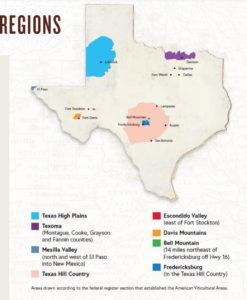
Photo Credit: Texas Department of Agriculture: The Texas Hill Country AVA & Texas High Plains AVA make up 98% of wine grape production.
Sitting an at an elevation of 425 to 2,400 feet, the Texas Hill Country AVA is the third largest AVA in the U.S. and the largest AVA in Texas.
The AVA is well-positioned for wine tourism located in the center of the state near four major metropolitan areas – Austin, San Antonio, Dallas and Houston).
The Texas Hill County AVA consists of 9 million acres of which only 1,000 acres are planted with vines.
It is responsible for 18% of Texas wine grape production
The Texas Hill Country AVA has a continental climate with hot summers and cool winters.
Limestone, granite, clay, gravel, alluvial and sandstone soils predominate throughout the region.
Texas High Plains AVA
Sitting at an elevation of 3,000 to 4,200 feet the Texas High Plains AVA is located in the northwest part of the state and is the second-largest AVA in Texas.
The AVA consists of 8.8 million acres of which only 3,000 acres are planted with vines.
The Texas High Plains AVA is responsible for a whopping 80% of Texas wine grape production.
The AVA has a continental, semi-arid climate with rich red sand, calcareous soils and clay over alkaline-rich caliche.
Texas Wine – An Identity Still in the Making
Unlike California, Oregon or New York state, Texas has no dominant grape variety.
While this may make wine-marketing efforts outside this state more challenging, the lack of a dominant grape variety is seen as a strength by some.
Jim Irwin, Co-Owner of Adelphos Cellars notes, “The good thing about Texas wine is we don’t have an identity. So, we can make bold wines, we can make light wines. We can make any style. We can make any style that grows in the world in terms of wine varieties.”
Ron Yates, Co-owner of Ron Yates Wines echoes Irwin’s sentiment noting, “You can go to 40 different wineries and taste 30 different varietals and all have different styles. That’s the uniqueness of who we are and what we’re doing right now that we don’t have this defined identity. And we’re all trying to define that for ourselves doing the things that we love with the grapes we like and the wines we want to make, and that’s the unique thing right now.”
Why You Might Be Impressed with Texas Wine
The reason you may be impressed with Texas wine has to do directly with the state’s developing wine identity which offers a wide range of wines in different styles.
Given the range of wines available it’s relatively easy to find a wine style that suits your tastes.
Particularly in the premium wine category above $20, you will find wines with concentration and depth.
I’ve been particularly impressed with Rhone varietals, tempranillo, and tannat among others.
But even more fundamentally, I think you’ll be impressed with Texas wine because you probably have no preconceptions about Texas wine.
This means you’re probably approaching wine from the state from a point of openness which is just where Texas wineries would like you to be.
6 Texas Wineries and Wines to Check Out
I chatted with six Texas wineries and sampled their wines.
Below are reviews of the wines I tried along with brief notes about the wineries themselves.
The wines were all good and worth checking out.
Adelphos Cellars
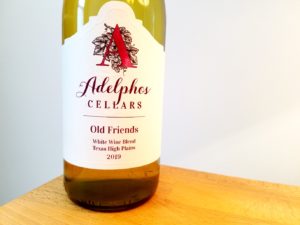
Photo Credit: Wine Casual, Adelphos Cellars, Old Friends White Wine Blend 2019, Texas High Plains, Texas
Adelphos Cellars is a young, family-owned winery.
“Adelphos” means “brothers” in Greek.
The family planted vineyards in 2006 and sold all of its grapes to another winery until 2018 when it opened a winery of its own.
Grapes are grown on own-rooted vines, a rarity among vineyards.
In the words of Adelphos Co-Owner Jim Irwin, the winery seeks “to make the best wine possible.”
Grape Creek Vineyards
Grape Creek Vineyards was founded in the 1970s.
It expanded production from 2,000 cases in 2005 to 60,000 cases in 2020, and most of its production is sold through its tasting room and wine club.
Grape Creek’s sangiovese-led, Bellissmo red blend is its signature blend and its most sought-after wine.
Fall Creek Vineyards
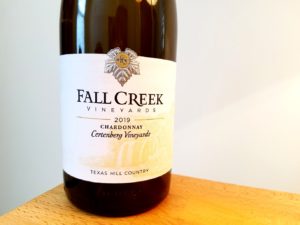
Photo Credit: Wine Casual, Fall Creek Vineyards, Chardonnay 2019, Certenberg Vineyards, Texas Hill Country, Texas
With vineyards planted in 1975, Fall Creek Vineyards is one of the oldest wineries in Texas.
The winery is terroir-focused.
Fall Creek Vineyards Co-Owner, Susan Auler notes, “We have the advantage of 4.5 decades of being able to marry the right grape to the right site because it’s all about the soil; it’s all about the terroir.”
Auler adds, “The vineyard is our learning laboratory, and that’s where we make our decisions.”
This attention to terroir detail shows in Fall Creek Vineyards’ wine.
- Fall Creek Vineyards, Chardonnay 2019, Certenberg Vineyards, Texas Hill Country, Texas (Wine Casual, 91 Points)
- Fall Creek Vineyards, ExTerra Tempranillo 2017, Salt Lick Vineyards, Texas Hill Country, Texas (Wine Casual, 92 Points)
Ron Yates Wines
Ron Yates Wines is a Tempranillo powerhouse.
The winery likes to harvest its grapes super ripe to produce 4-5 tempranillos a year in various styles within its lineup of 18 wines.
“I think it’s [tempranillo] the best grape to grow in the state of Texas,” notes the eponymous winery Co-Owner
The winery grows 5 acres of tempranillo onsite and contracts with other grape growers around the state.
McPherson Cellars
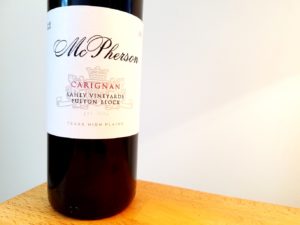
Photo Credit: Wine Casual, McPherson Cellars, Carignan 2019, Lahey Vineyards Fulton Block, Texas High Plains, Texas
McPherson Cellars has been in business for 41 years.
It focuses on producing wines from warm-climate fruit including grenache, syrah, mourvedre, alicante bouschet, petite sirah, cinsault, carignan and sangiovese.
Even though McPherson Cellars is focused on warm climate wines, it prefers to produce approachable wines that are not too high in alcohol.
You can find McPherson Cellars wines on the east coast in DC, Maryland and Virginia.
Bending Branch Winery
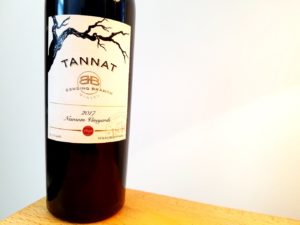
Photo Credit: Wine Casual, Bending Branch Winery, Tannat 2017, Newsom Vineyards, Texas High Plains, Texas
After 35 years as a medical doctor, Dr. Robert Young bought 56 acres in 2009 and began planting vines.
Bending Branch Winery focuses on making big, bold red wines with high polyphenols and tannin.
In addition to making heavily-extracted wines from tannat, the winery also focuses on producing high-acid whites, especially from Picpoul blanc.
Bending Branch Winery tannat is a must try.
